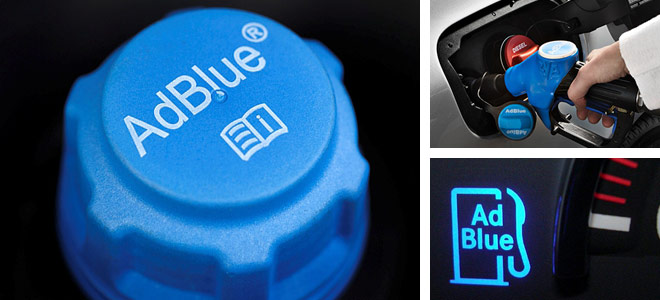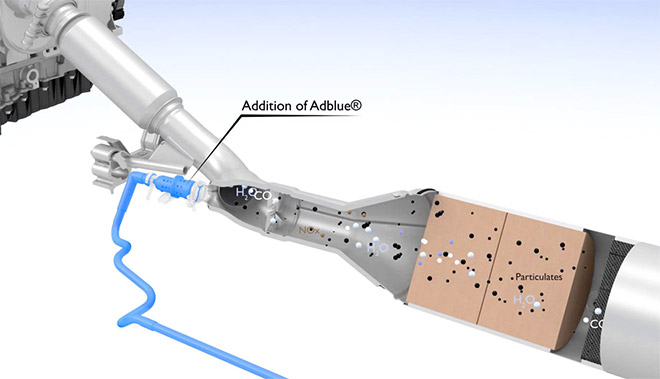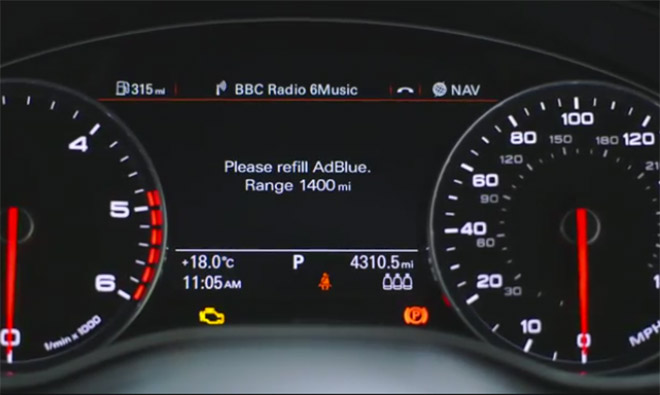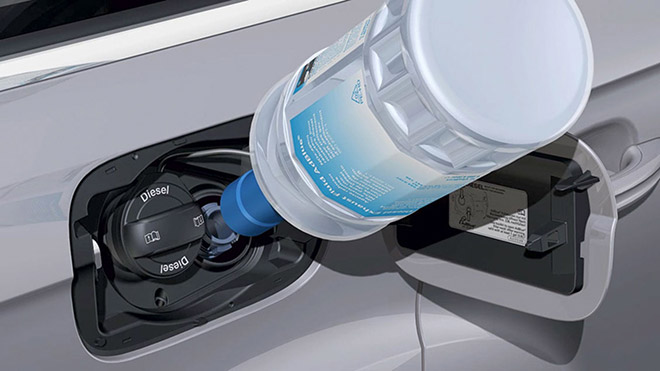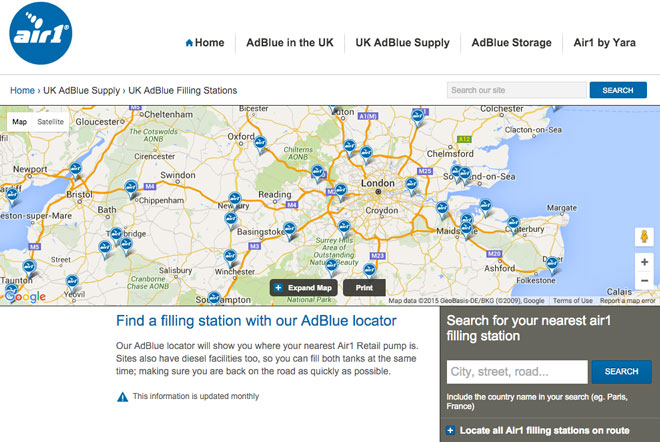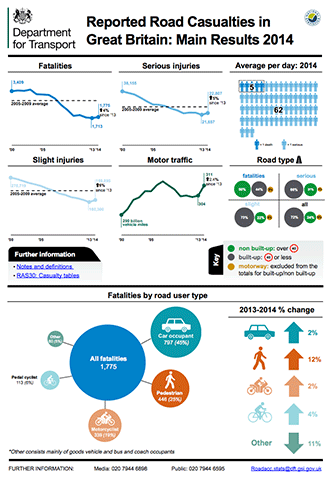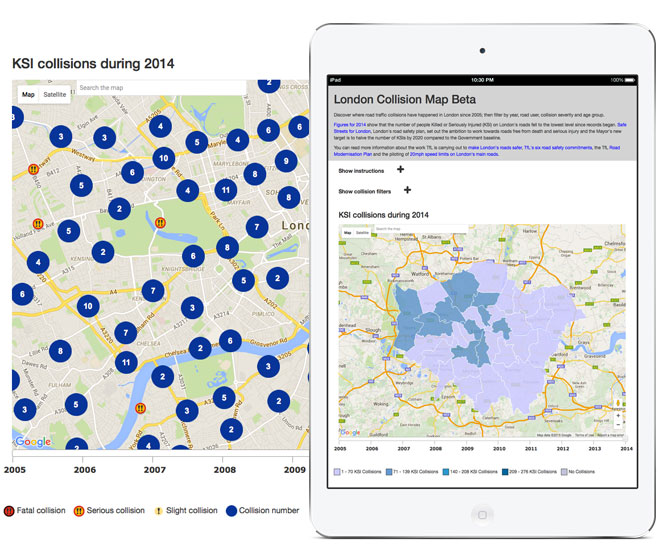Here at WVL, we like to build long-standing relationships with our customers, and of course, the vehicles we lease, sell, and maintain. Imagine our surprise when we received news about a vehicle which left our forecourt some 25 years ago!…
Between the years 1971–2011, as A.A.Clark, we were Windsor’s local Ford and Vauxhall dealership at our Clarence Road site. During this time we were were delighted to be one of the selected dealerships for a Vauxhall promotion involving a car being given away every six months somewhere in the UK. Back in 1991, that grand prize was a very desirable, brand new Vauxhall Nova – a successful family car of the era.
Whilst going through the archives when updating our WVL website a few years back, we found a wonderful selection of photographs and included some of them in a slideshow on our About page, where they help give a visual history of our company. That selection included the handover shot of a Vauxhall Nova to its lucky winner back in 1991 – here’s the original photo:
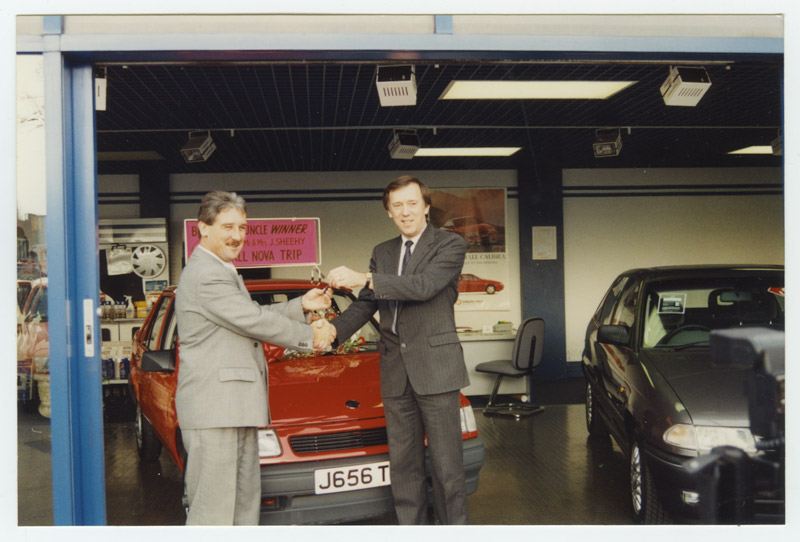
The photo was spotted by eagle-eyed Nova owner, Alex Carter, who had come across our website in trying to trace the history of his recently purchased Nova ‘Trip’. He was very surprised to see that the number plate of the car in our photo was a match with that of his own vehicle!
A committed vintage car fan, Alex had a longstanding affinity with Novas, purchasing a brown one in 1996 before purchasing this red one just last year.
Alex contacted us to see if we had any documentation for the vehicle – service records and so on, which of course we still did!… And not just that, a good number of our current staff were with the company at the time and could recall the handover. It emerged that it was still being serviced by us as AA Clark until 2005 whereupon it began its migration northwards!
Realising that the little car’s 25th birthday was approaching, Alex said he’d like to make the 800 mile round trip and reacquaint the car with its starting point for the first of its 80,000 miles. No mean feat for a 25-year old car with a 1-litre engine… in the middle of summer with no aircon!
Alex, and JT, his Nova, made the long trip down to Windsor this August, and we made sure they received a reception in grand WVL style… Not only was it a hoot to see the car after all of this time – and in such good condition too – but it was also a pleasure to meet Alex, such a committed and enthusiastic owner. We were delighted to be able to extend our hospitality to him, even giving him a tour of Windsor and the local sights. All in all, a very memorable day for all!
Organised by our PR department, the local press came along too and the story made it into the Ascot, Windsor & Eton Express as well as on their website.
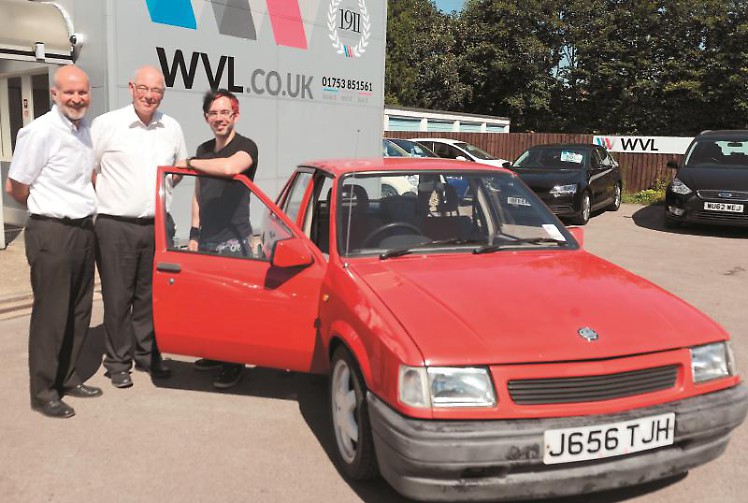
Alex made the return trip safely and wrote to thank us:
I wanted to say a huge thank you to everyone at WVL who made my day so special. You made both of us feel very special and very welcome. You all went far beyond what I hoped for – honestly I only hoped to get a picture outside the dealership and perhaps meet you for a few minutes of your time – my expectations were blown out the water! I had an absolutely fantastic time which I will never forget.
We’re thrilled to have had this reunion with a 25-year old vehicle supplied by us, just goes to show the power of the internet! The car certainly earnt the moniker #SuperNova as used in our tweets sharing the news at the time…
Did you see our #SuperNova news? https://t.co/4i57BWN7xB #motoring #berkshire #vintage #Vauxhall #roadtrip #Windsor pic.twitter.com/aIni6lwmOc
— WVL (@WindsorVehicles) August 23, 2016
…And lastly, for the eagle-eyed among you, did you spot it was a Nova ‘Trip’? Have a look on the signage on the roof in the first photo above – couldn’t be a more apt model!
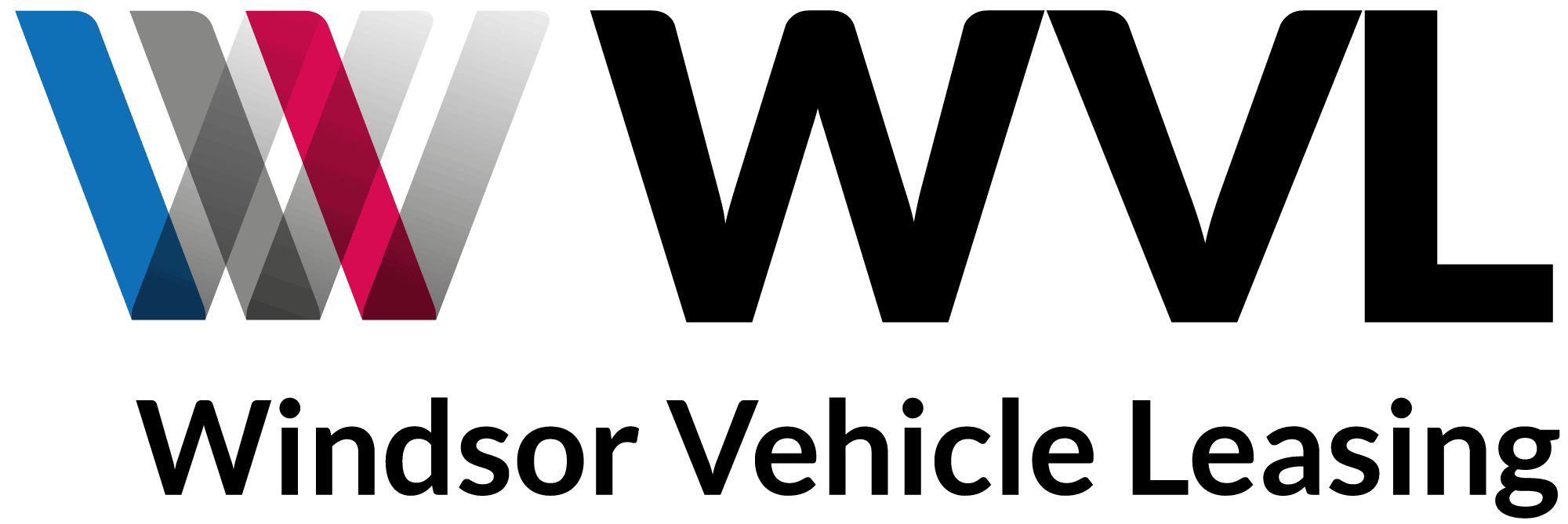

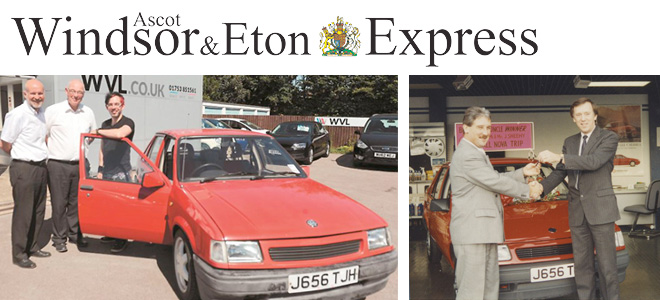

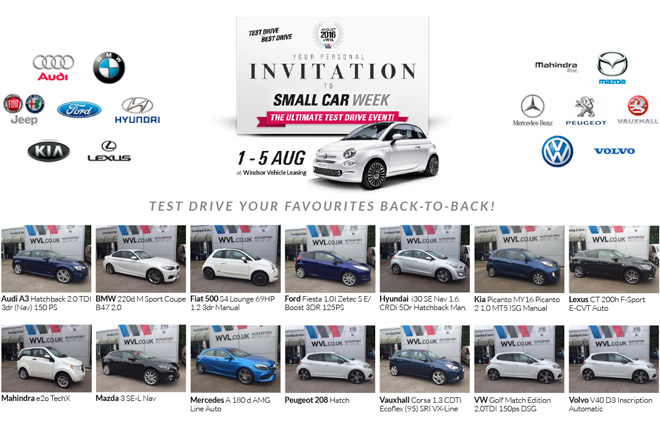
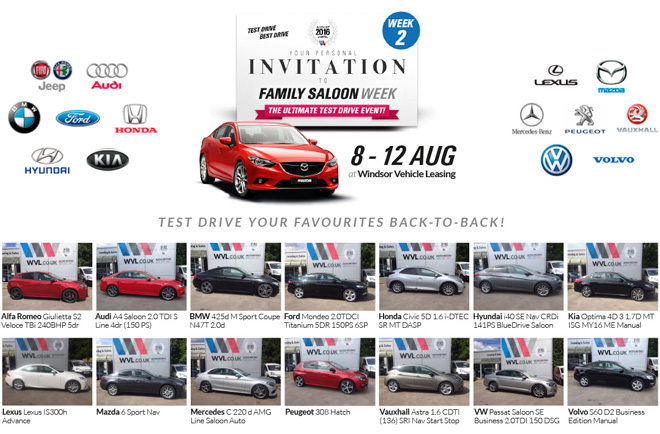
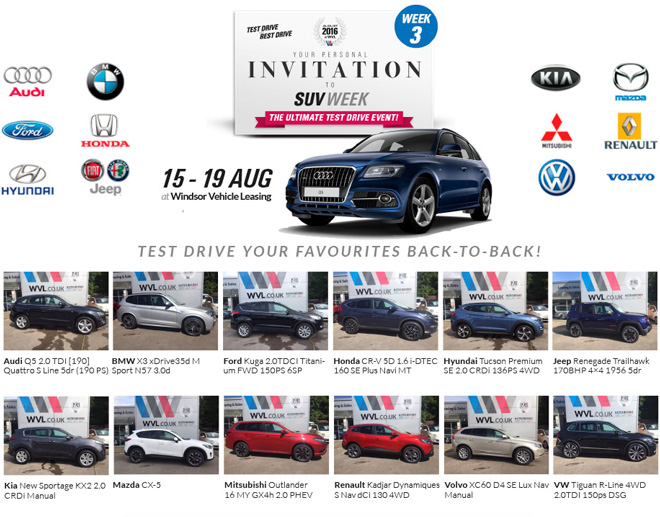
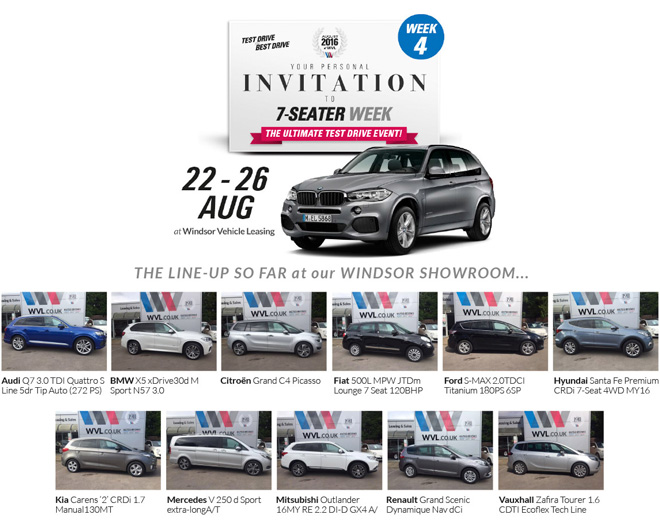
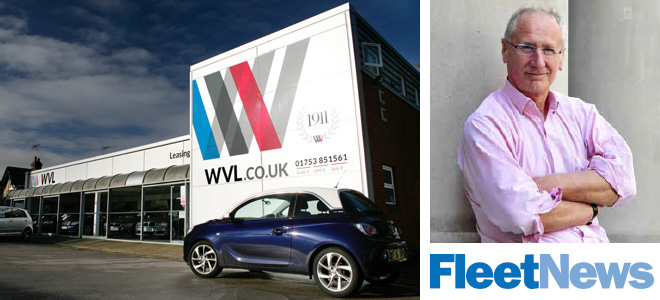
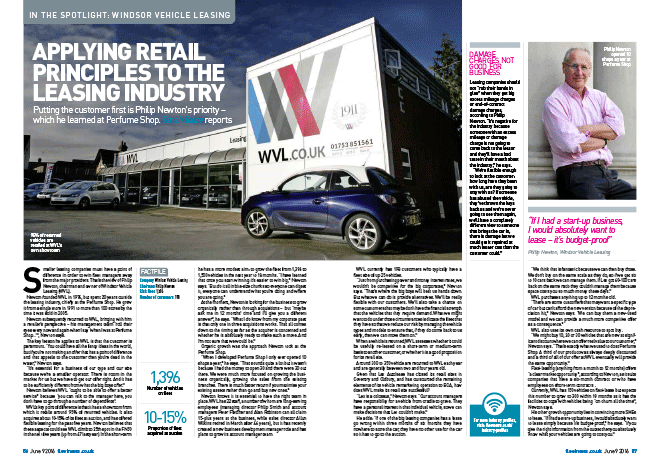
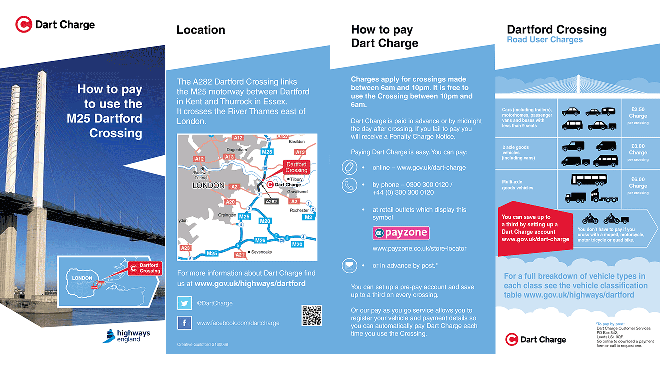

 New for 2015, WhatCar? introduced the
New for 2015, WhatCar? introduced the 


